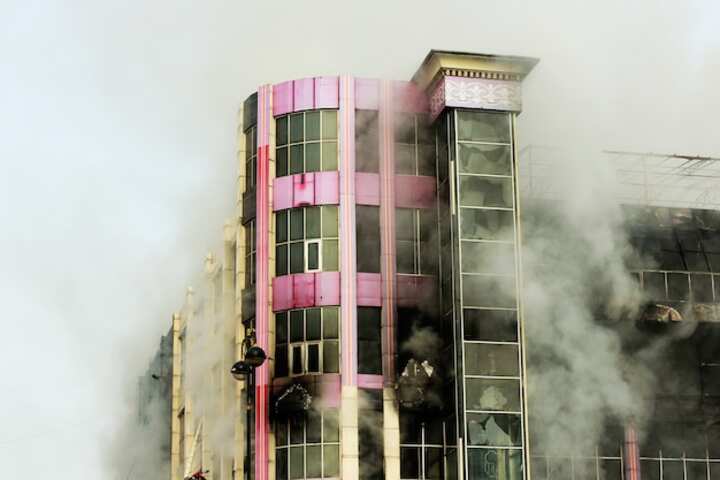
Emergency Fire Damage Restoration Services in Your Area
Experiencing a fire in your home or business can be a traumatic event, leaving behind extensive damage that requires immediate attention. The aftermath of a fire involves not only structural damage but also the potential for secondary issues such as smoke and soot contamination, water damage from firefighting efforts, and lingering odors. Emergency fire damage restoration services play a crucial role in mitigating these issues, ensuring safety, and restoring property to its pre-loss condition. This article explores the essentials of fire damage restoration, highlighting the importance of rapid response and detailing the various phases involved in the restoration process.
The Importance of Immediate Response
Time is of the essence when it comes to fire damage restoration. The longer the delay, the more extensive the damage can become. Immediate response is critical for several reasons:
- Prevention of Further Damage: Soot and smoke residues are acidic and can cause further deterioration to surfaces if not addressed promptly.
- Health Risks: Lingering smoke and soot particles can pose serious health risks, including respiratory issues and skin irritation.
- Structural Integrity: Fire can compromise the structural integrity of a building, requiring prompt assessment and stabilization.
For more information on the importance of addressing smoke and soot, read more about this topic.
Steps in Fire Damage Restoration
1. Damage Assessment
The first step in the restoration process is a thorough assessment of the damage. This involves:
- Inspection: A detailed inspection to evaluate the extent of the fire, smoke, and water damage.
- Documentation: Taking photographs and creating reports for insurance claims.
- Planning: Developing a comprehensive restoration plan tailored to the specific needs of the affected property.
2. Securing the Property
To prevent further damage and ensure safety, the property must be secured. This can include:
- Board-Up Services: Boarding up windows, doors, and any compromised structures to prevent unauthorized entry and weather exposure.
- Tarping: Placing tarps over damaged roofs to prevent water intrusion.
3. Water Removal and Drying
Water used in firefighting can cause significant damage if not addressed quickly. The water removal process involves:
- Extraction: Removing standing water using pumps and vacuums.
- Drying: Dehumidifiers and air movers are used to remove moisture from the air and materials.
Explore further insights into the water removal process here.
4. Smoke and Soot Removal
Cleaning smoke and soot damage is crucial for both structural preservation and health safety. This step includes:
- Surface Cleaning: Using specialized equipment and techniques to clean surfaces affected by soot.
- Deodorization: Removing smoke odors using air scrubbers and fogging equipment.
Find additional information here about smoke and soot removal services.
5. Restoration and Repair
The final phase involves restoring the property to its pre-fire condition. This can include:
- Reconstruction: Rebuilding and repairing damaged structures.
- Cleaning and Sanitizing: Ensuring that all areas are thoroughly cleaned and sanitized.
- Final Inspection: Conducting a final walkthrough to ensure all restoration work meets quality standards.
Learn more in this detailed guide on the comprehensive fire damage restoration process here.
Conclusion
Emergency fire damage restoration is a complex process that requires expertise, specialized equipment, and a thorough understanding of the hazards associated with fire and smoke damage. By acting quickly and engaging professional services, property owners can minimize damage, protect their health, and restore their homes or businesses efficiently. For those in need of such services, it is crucial to select experienced professionals who can manage the entire process from assessment to restoration. For further insights into effective fire damage management, explore further insights here.